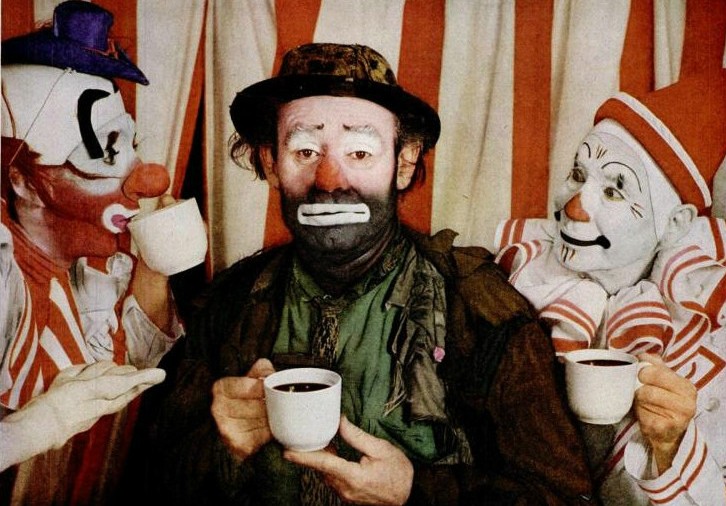“Analysing humour is like dissecting a frog. Few people are interested and the frog dies of it.” E.B. White
A sense of humour is seen as something you either have or you don’t – and as E.B. White put so poignantly, there’s few things duller than explaining why things are funny. It’s undeniable that laughter has been an essential part of human society since the first person giggled at something silly, but why do we actually laugh at things?
There have been several studies supporting the benefits of having a good laugh. According to the Mayo Clinic in Minnesota, laughter has a number of short term benefits; these include the stimulation of your organs from inhaling oxygen rich air, an increased release of endorphins by the brain, and a relief aid for your stress response achieved by increasing your heart rate and blood pressure. An increase in circulation helps to relax your muscles and abate some of the physical signs of stress.
That’s fine stuff but it doesn’t really answer the question. To figure out why we find things funny we’re going to have to dive into the dark world of psychology, with a little sprinkle of philosophy in there for good measure.
One of the most well-known theories is that humour is used to relieve psychological tension in order to regulate the body. This is referred to as relief theory and was supported by Sigmund Freud and biologist Herbert Spencer. According to this, humour is used to relieve the tension and nervous energy caused by fear – so it pretty much does what it says on the tin then. When delving deeper into the theory, humour is purported to overcome socio-cultural inhibitions while also revealing suppressed desires. Well that certainly sounds like something Freud would say, doesn’t it?
Next up is the superiority theory, suggested by philosophers Plato, Aristotle and Thomas Hobbes. This theory suggests that people laugh at others less fortunate than themselves to assert their superiority on others. I don’t know about you but I’ve certainly taken some pleasure from laughing at someone else’s ‘bad day’ – best summed up by the German word Schadenfreude, which means pleasure derived from the misfortune of others.
Last of the 3 big theories is incongruity theory. Immanuel Kant and Sǿren Kierkegaard believed that humour was found in derailed expectations, so that the punch line has to really catch us by surprise. In Critique of Judgement, Kant put it like this, “Laughter is an affectation arising from the sudden transformation of a strained expectation into nothing.” If you’re wondering why we often laugh at the ridiculous then here’s your answer.
These are the primary theories by which we are supposed to find humour in things, but there are others. Evolutionary psychologist Geoffrey Miller contends that humour emerged as an indicator of other traits, such as intelligence, that are essential to survival. There are many more theories kicking around, however these tend to be more nuanced versions of the three already explained.
With the advent of the functional magnetic resonance imager, used first in 1992 to measure the activation of different areas of the brain, we can track how jokes are interpreted by the brain. Scientists at the University of Dartmouth analysed participants’ responses to episodes of Seinfield and The Simpsons. This revealed a two-part process; the detection and appreciation of a joke. Detection occurs in the left inferior frontal and posterior temporal cortices. The left side of the brain is used to sort new information before cross referencing it with our memories. Once the joke has been processed, the insular cortex and the amygdala (used to regulate emotion) tell us it’s funny.
So there you have it, that’s why we laugh. No matter what you find funny, one thing is for certain, in writing this I’ve probably reaffirmed the words of E.B. White – that nothing kills a joke faster than trying to figure out why it’s funny.
Sam McMaster
Science Editor
(Image courtesy of Pan American Coffee Bureau)

